December 1, 2023
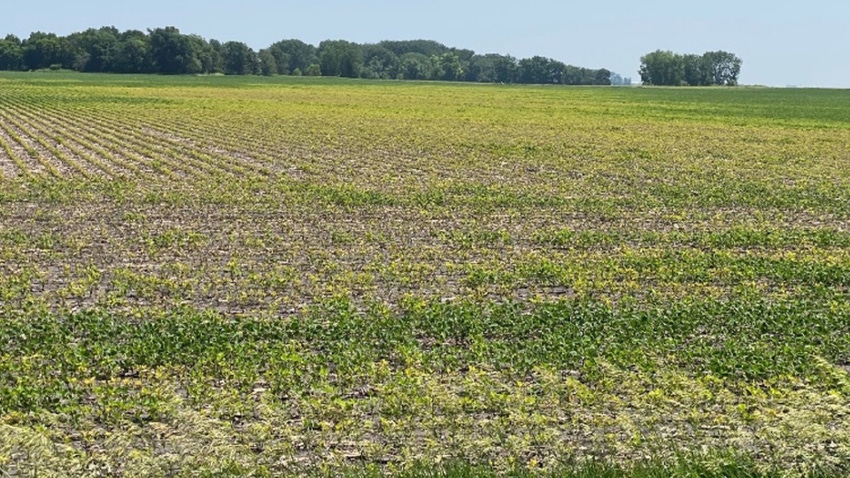
Across the Western Cornbelt, the past growing season (if not the past several growing seasons), yellow soybeans were all too common of an issue for growers. In general, yellow soybeans are defined as chlorotic. The primary symptom is interveinal chlorosis (yellowing) of the leaves, with the leaf veins remaining dark green (Figure 1.) It's commonly referred to as iron deficiency chlorosis (IDC) or iron chlorosis in soybeans.
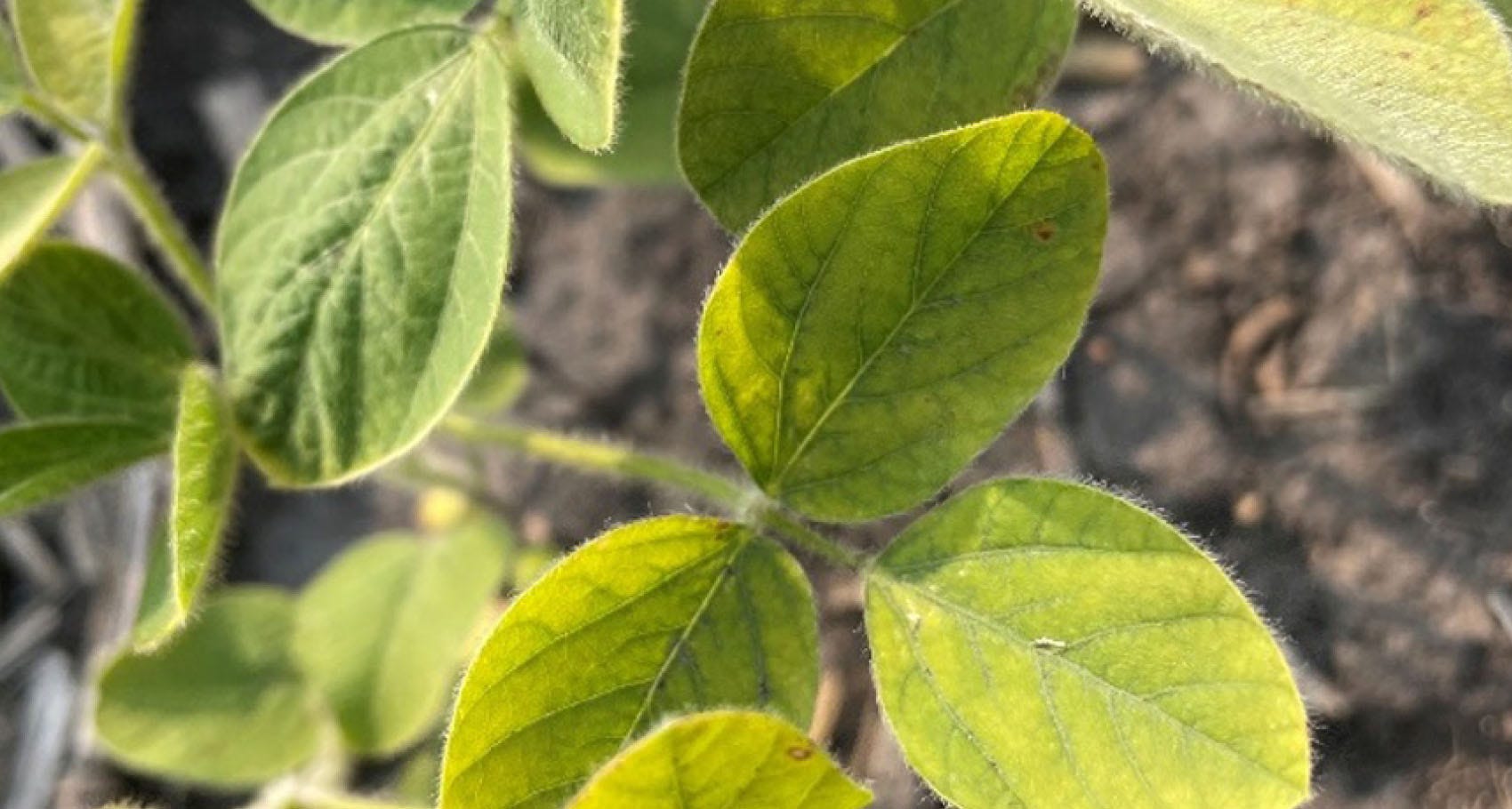
Figure 1. Photo submitted by Beck's Hybrids.
Physiologically, iron (Fe) is required by several enzymes involved in the development of chlorophyll. The lack of functional iron to the plant, and subsequently the leaves, leads to chlorosis. From a soil perspective, most soils contain an abundance of Fe, but it is not in the form (soluble) needed by the plant for photosynthesis.
From a chemistry perspective, the most soluble form in non-saturated (oxidized or aerated) soils in iron in the Ferric form, Fe (III). Unfortunately, this form of iron becomes less soluble at higher soil pHs, especially when the soil has high levels of calcium carbonate. Further, plants prefer to take up the reduced form of iron in the Ferrous, Fe (II) state and have adapted mechanisms to help extract needed iron from the soil.
Type I Plants – Soybeans excrete acids and chemical reductants at the root tips. The acids make the Fe (III) more soluble, and the reductants change Fe (III) to the preferred Fe (II).
Type II Plants – Corn (grasses) excrete iron chelators that bind the Fe (III), allowing the iron to be absorbed into the root
Depending on the specific soil type, landscape position, and growing environment, contributing soil “factors” or conditions that have been found to have a defined influence on the magnitude of chlorosis in a field are depicted in Figure 2.

Figure 2. Photo submitted by Beck's Hybrids.
The two overriding factors in any given year are the level of calcium carbonates equivalent (CCE) and salinity (salts) in the topsoil. As both increase, the potential for and magnitude of chlorosis increases. Precipitation from the previous harvest through the vegetative growth stage (V4) influences the surface soil chemistry and will subsequently direct the soil pH and CCE in the current growing season.
In-field observations shared by Beck's Kansas Field Agronomist Wilson Henry and Nebraska Regional Product Specialist Morgan Schilling showed elevated levels (ppm) of calcium (Ca) in irrigation water directly influence the intensity of chlorosis growers are experiencing. Wilson further notes that the severity of chlorosis is tracking soil pHs in the 7.8 to 8.2 range.
Matt Raml and Dan Matzek, Beck's Regional Product Specialists in Northwest Iowa, Minnesota, and South Dakota; and Northeast Iowa and Wisconsin, initiated a formal evaluation process in 2023 to observe and evaluate hundreds of soybean varieties. Commercial, experimental, and competitive varieties were planted in clumps (hills), where real-time, extremely chlorotic areas in fields, postmortem of the initially planted variety, were visually rated for chlorosis (Figure 3).
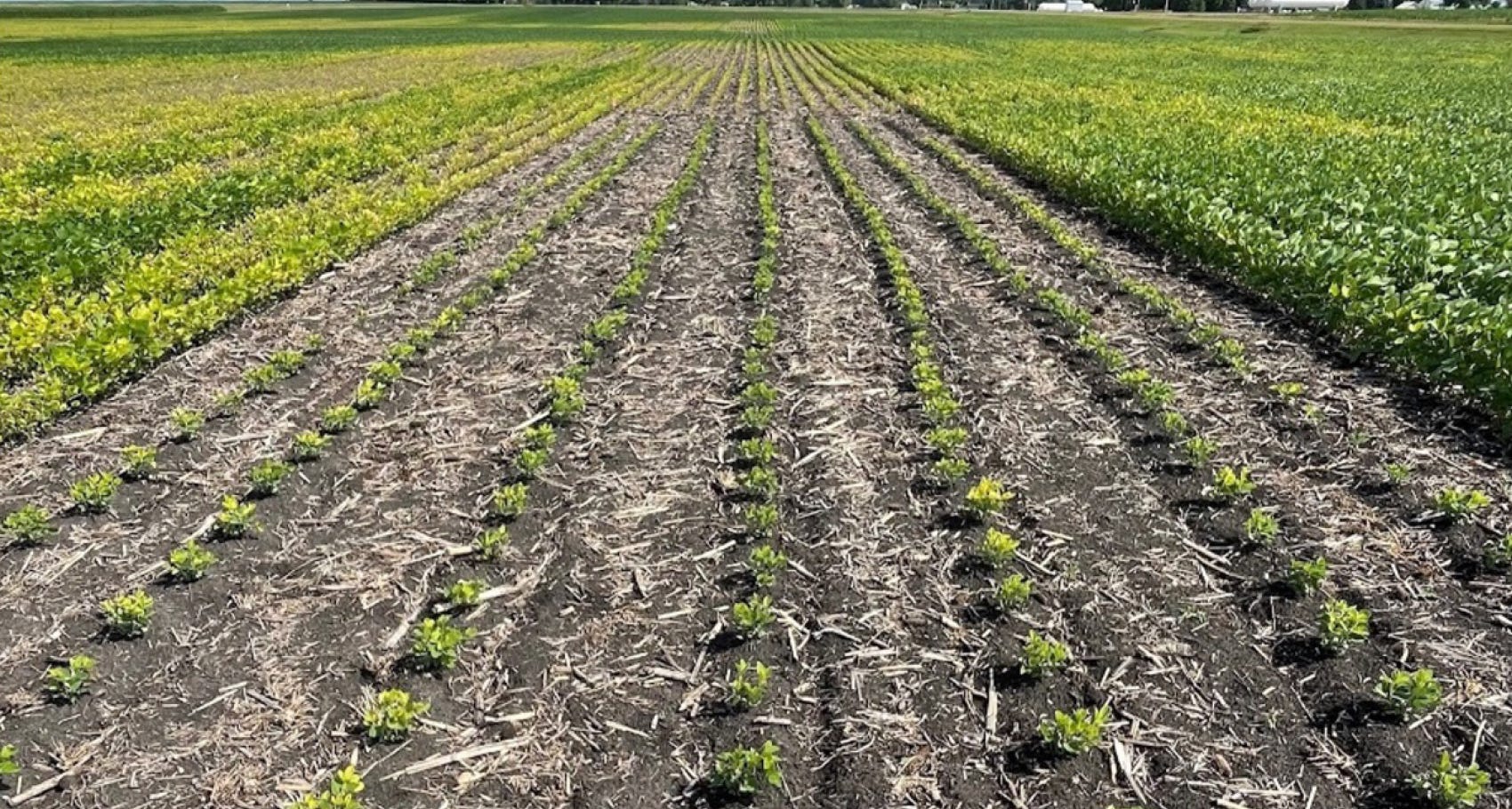
Figure 3. Photo submitted by Beck's Hybrids.
Integral to this project was the characterization of the test site for soil attributes. Beyond soil pH and CCE, an analysis was performed for residual soil nitrate-nitrogen and soluble salts/ salinity. Complimentary to the clump testing, one-row observation trials were established across Central and Western Minnesota (Figure 4).
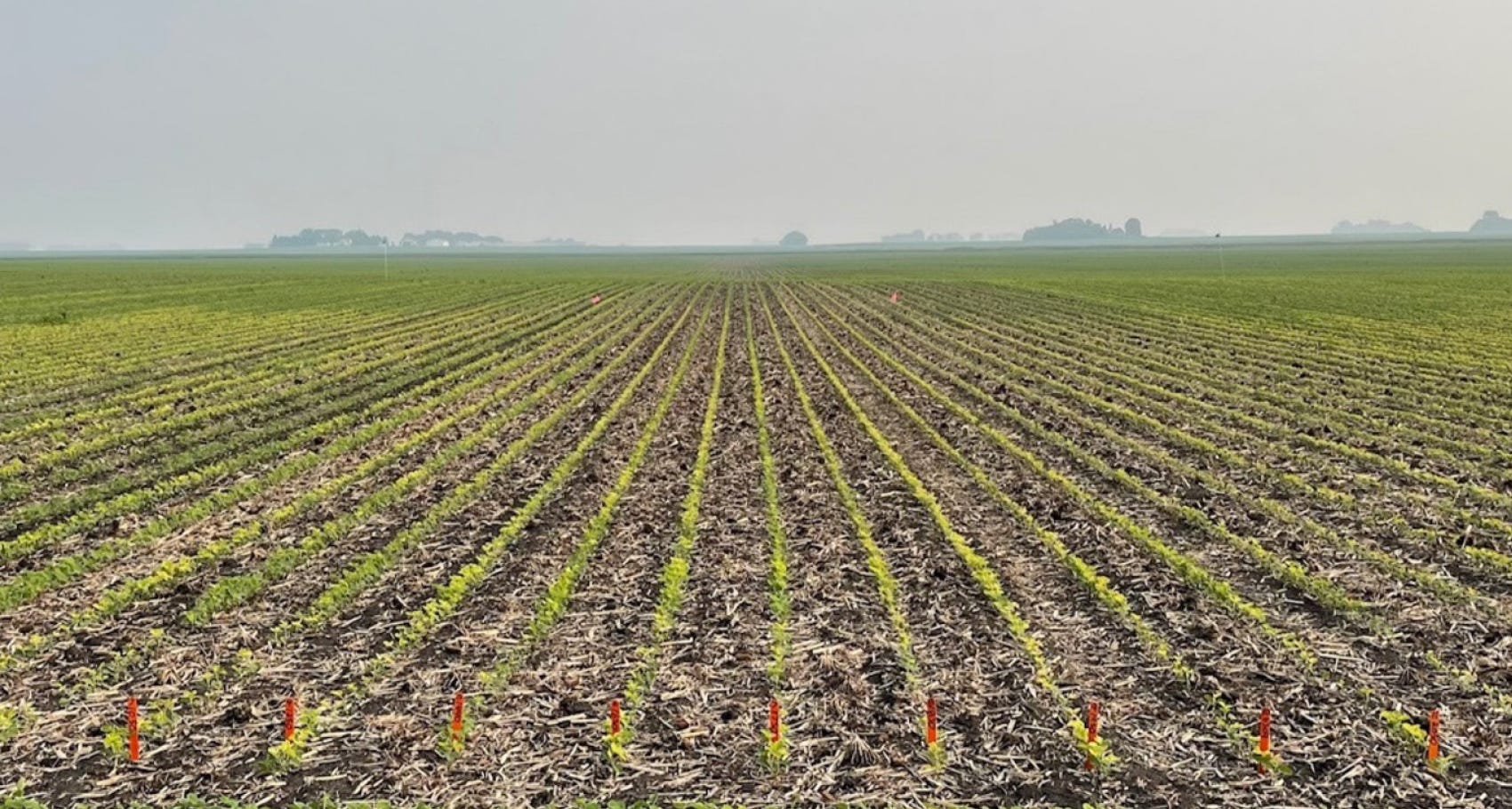
Figure 4. Photo submitted by Beck's Hybrids.
These trials were simultaneously conducted with fields planted into pre-identified (historic) chlorosis areas. The goal was to observe new and existing commercial varieties under local management, soil, and growing conditions. All sites were subsequently soil sampled to determine nutrient and Soybean Cyst Nematodes (SCN) levels. Across these two trial types in 2023, the two major factors correlated to increasing IDC (dead plants) were elevated bicarbonates and salinity.
KEY LEARNINGS:
Carbonates = Measured as Calcium Carbonate Equivalent (CCE)
The primary risk factor in chlorosis
Northern soils – CCE 0-30%
Central soils – CCE 0-5%
Keep in mind that many soils with excessive carbonates also have a higher pH ( >7.5)
Salinity = Measured as Soluble Salts (Electrical Conductivity, EC)
A primary contributing risk factor in chlorosis
The greater the EC, the higher the salinity
Directly impacted by soil moisture
Soluble salts are mobile in the soil solution and move with the soil water via leaching or capillary rise
Conversations around yellow soybeans and IDC often come back to soil pH and its influence on the availability of soil nutrients to the plant and how the nutrients react with each other (Figure 5). The amount of critical iron required by soybeans is increasingly less available to the plant as soil pH moves above 7.5.
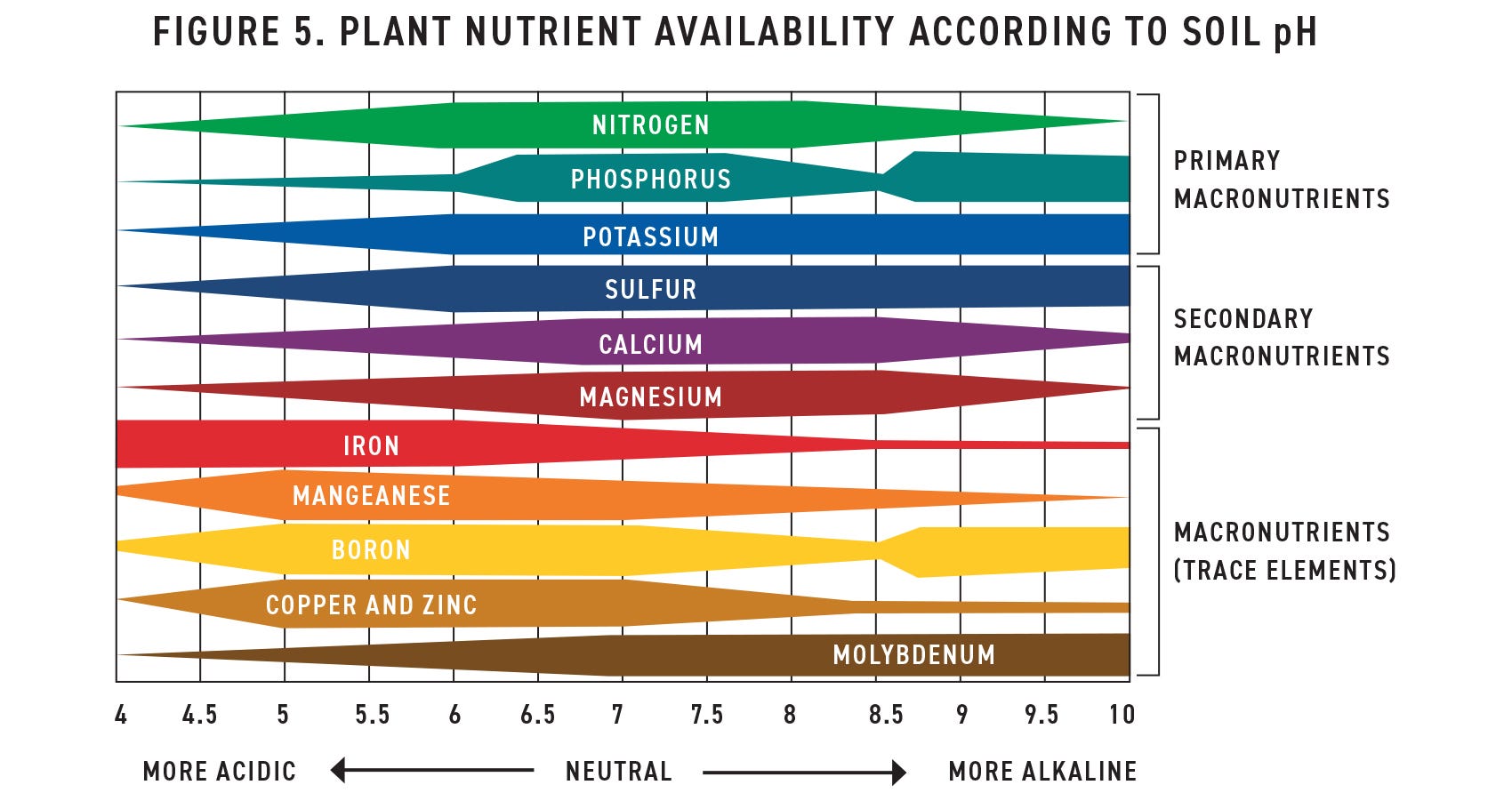
Figure 4. Photo submitted by Beck's Hybrids.
Marcie Oehlke, a Nebraska Field Agronomist for Beck's, shares how the nutrient availability of iron (and other nutrients) in some geographies tracks beyond soybeans. The influence is also experienced in corn, especially where soluble salts and calcium are involved.
Management of the soil, drainage, tillage, and planting conditions will sometimes override variety tolerance and other controlling soil characteristics. A key attribute of the past several years has been high residual nitrate-nitrogen (NO3-) levels in the soil at emergence to early growth due to reduced rainfall. Available NO3- is utilized by the previous crop or moved down with non-growing season precipitation. Foundation management actions described are generally beneficial to all our row crops. In areas of Western Nebraska, Marcie has observed similar soil conditions impacting corn growth as well as soybeans.
CONTRIBUTING FACTORS
Residual nitrate-nitrogen (NO3-) can be a contributing factor for chlorosis.
Highly dependent on seasonal precipitation, internal drainage, and soil water-holding content
Dependent on type, quantity, and application timing of N in prior years
Can drive higher increased bicarbonates in the rhizospher
Inhibit Fe exchange in the soil
Inhibit nodulation
In worst cases, nodulation failure
Affects internal iron metabolism and, thus, iron uptake
In Figure 6., the wheel tracks are green. The compaction creates a more anaerobic soil condition, which can drive iron reduction from Fe III to Fe II. It can also cause denitrification of NO3- to nitrogen gas, reducing the amount of NO3- in the soil and IDC symptoms. Moderate wheel traffic compaction can also produce green strips in the field. To the plant, there is an increased early-season root exploration for water as both the soil, air, and water pore spaces have been reduced by the compaction.

Figure 6. Photo submitted by Beck's Hybrids.
PRACTICES TO MITIGATE THE RISK ON A FIELD-BY-FIELD BASIS
Start with a properly collected soil sample and complete soil analysis: CCE and pH, salinity, nitrates, and SCN
Know your fields: Use your previous year’s yield maps as a guide. Use your experience – eyes rarely lie.
Variety selection: Match IDC and, if available, salt tolerance (excluder) to the soils within the field. While not entirely exclusive, the “counties” highest yielding variety may not have a place on some soils.
Seed in the widest rows available to you with your equipment: Wider rows drive closer plant spacing and increase early-season competitiveness.
Seed at increased populations (minimum of an additional 30,000 seeds/A.): Reduced chlorosis severity is generally associated with higher seeding rates. Use variable rate seeding to manage other field limitations like White Mold.
Use chelated iron (Fe EDDHA): The most common is Soy Green. The quality and ease of use vary greatly by manufacturer.
Companion crops or interseeding: Using oats as a pre-plant crop has been shown to help alleviate excess water and nitrates.
Reduce plant emergence stressors: Select your pre-emerge and companion tank-mix to minimize crop response. Knowing your soils can help define your pesticide rates.
Test and monitor supplemental irrigation water: Use filters that can reduce excess calcium from the application if applicable.
Plant corn or another high pH, high CCE, and/or high salinity-suited crop: In some years and some soils, knowing past growing season history, it may be the only option.
Ultimately, anything that influences root growth and nutrient availability to the plant can drive IDC experienced by growers on an annual basis. Depending on your field’s soil characteristics, the number of practices you may need to employ will vary. Please reach out to your Beck’s representative for more information.
References:
1. D. E. Kaiser & S. L. Naeve, University of Minnesota Extension, 2021, Managing iron deficiency chlorosis in soybean; www.extension.umn.edu/crop-specific-needs/managing-iron-deficiency-chlorosis-soybean
2. D. W. Franzen & J. L. Richardson (2000) Soil factors affecting iron chlorosis of soybean in the Red River Valley of North Dakota and Minnesota, Journal of Plant Nutrition, 23:1, 67-68
Beck's - Farmers At Heart® - revolutionized the customer seed buying experience by remaining true to a foundation built on faith, family, and farming. Founded in 1937, Beck's appreciates the farmers who have helped them become the largest family-owned retail seed company and the third-largest seed brand in the United States. The Beck family is now in its fifth generation of family members who work in the business to honor God and help farmers succeed. The Beck family and team of employees help farmers achieve success from generation to generation through authentic customer experiences, product diversity, seed quality, and performance. With a home office located in Atlanta, Ind., Beck's serves farmers throughout the Midwest and Mid-South. For more information about Beck's Superior Hybrids, Inc., visit www.beckshybrids.com.
You May Also Like





